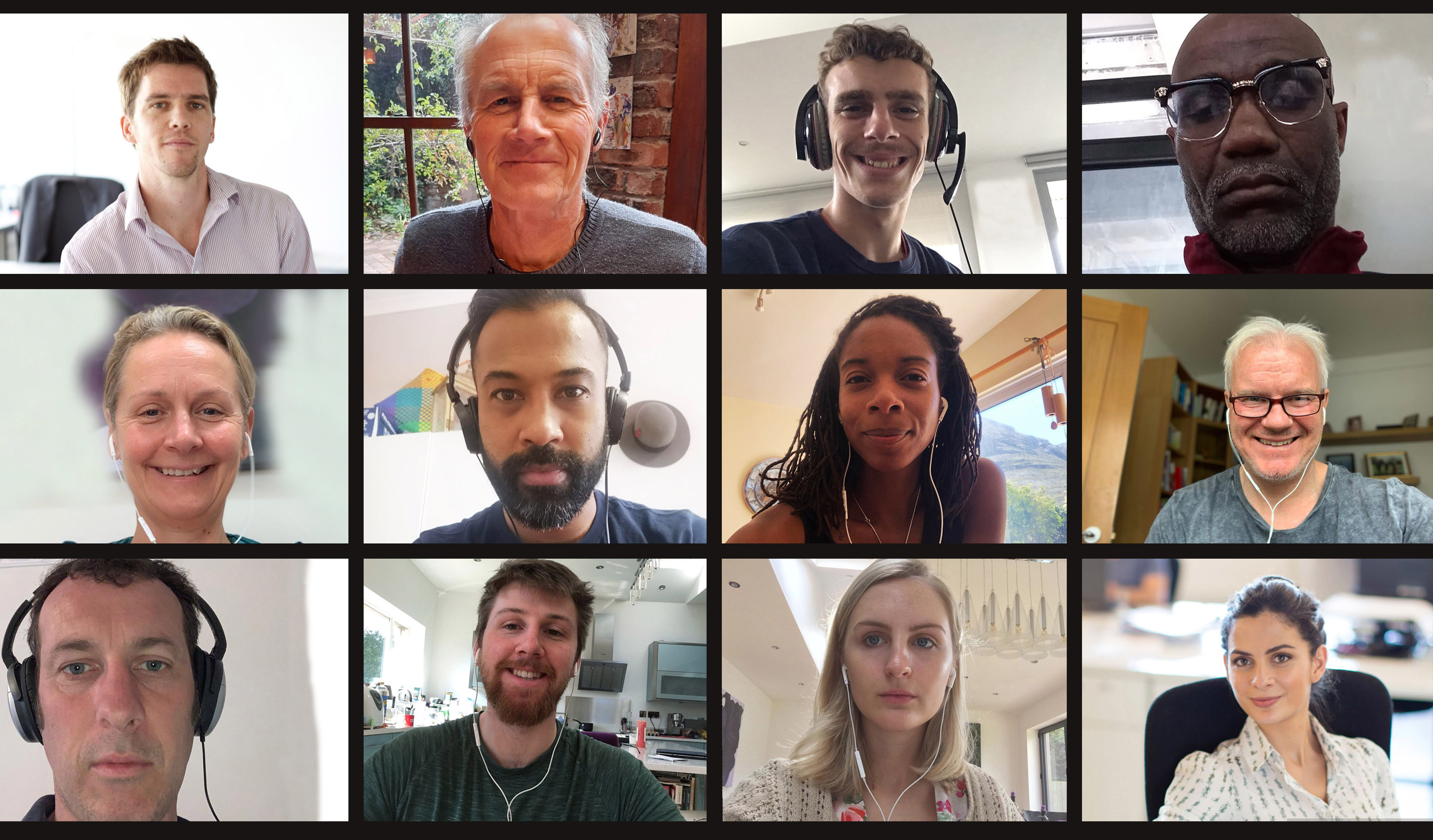Zoom and Jabra Surveys Map the Path to Greater Equity in the Hybrid Workplace
Jabra’s latest Hybrid Ways of Working Global Report, and the Zoom-Momentive study both support a tech-enabled hybrid future.

Jabra's president and general manager of North America, Kelly Nagel, and Zoom's head of hardware partnerships, Eric Yu share insights from recent reports that support a tech-enabled hybrid future.
We continue to learn more about what’s working in a hybrid work environment, and while there are still some challenges, it continues to get easier every day. First off, we’ve gone through a trial-and-error phase and have learned from our own experiences. Similarly, as more data is released around flexible working environments, we’re learning more about how to navigate this complex way of working. And with each new innovation, our technologies are evolving to bring us into a seamless hybrid future.
At Zoom Video Communications, Inc, and Jabra, we conducted research to learn more about this rapidly changing environment and how the right products can better enable these new ways of working. Here, we share the findings from our latest research, which paints a picture of a world where employees are more mobile and reliant on technology to succeed at work.
Employees Want Choice and Autonomy
The hybrid work debate has long focused on how to increase employee flexibility. However, employees are not calling only for flexibility, but also for greater autonomy to choose where and when they want to work. As some organizations begin to call their employees back into the office full time, employees are standing their ground. In Zoom’s recent poll with Momentive, 69% of respondents said it was essential for their employer to let them choose where to work. Moreover, almost half (45%) said they would likely look for a new job if they’re not allowed to work in their preferred location.
This shouldn’t come as a surprise, at least according to Jabra’s latest Hybrid Ways of Working 2022 Global Report. The report found that when compared to employees with limited or no autonomy to choose where they work, employees with full autonomy over location choice reported the best overall work experience. The results were most notable when looking at the impact of autonomy on work-life balance and mental well-being, where high-autonomy employees scored roughly 20 points higher than their low-autonomy counterparts. Understandably, employees want to keep working in a way that most benefits their overall well-being.
Employees Prefer to Join Virtually
One of the major concerns for leaders exploring a hybrid model where employees can choose their location is how to provide good meeting experiences. Over the past two years, virtual collaboration platforms have become the status quo for meetings. Widespread use of these technologies has made them the preferred meeting platform. For activities ranging from large group meetings and small team project work to supervisor one-to-ones and group presentations, the Zoom-Momentive study cited above found that employees largely prefer virtual platforms as opposed to in-person meetings.
Jabra’s findings confirm this evidence, showing that as the amount of time an employee spends in meetings increases, so too does their preference for the home office. As eight in 10 meetings globally are now either fully virtual or hybrid, with only 20% happening fully in person, this indicates that employees have largely recognized the many benefits of meeting virtually. In fact, 43% of remote workers say that workplace collaboration tools have made it easier to do their jobs compared to before the pandemic, according to a Zoom survey. With the current state of meetings, many employees have simply realized that they can do them just as well from home.
A daily selection of features, industry news, and analysis for AV/IT professionals. Sign up below.
The Need for Inclusive In-office Experiences
Employees largely prefer social activities such as team bonding in in-person environments. As these are essential to the success of any team and organization, there will still be a need to come into the office from time to time. And on those days, when they choose to come in, many employees will undoubtedly still have meetings—meetings which will involve employees who are not on site that day. Because of this, it's still essential to have a high-quality in-office collaboration experience where everyone feels they’re included and present in the meeting.
Meeting equity is all about leveling the playing field, so that everyone can see and be seen, hear and be heard, no matter where they’re at. In the pre-pandemic era, meetings for the most part were equitable, as everyone was in the same room together. And with fully remote meetings, the idea of “one-person one-screen” means that everyone is joining from their own device and therefore has a personalized video and audio stream into the meeting.
However, in hybrid meetings, this isn’t the case. Those in the room are most often captured altogether on one camera stream, while those joining remotely each have their individualized streams. This gives those in-person participants much less pixel real estate in virtual environments, which creates an unequal playing field for meetings. This can cause some – either those in the room or those joining remotely – to oftentimes feel left out or unheard.
Bridging the Physical and Virtual Gap
The physical and virtual gap is clearly an issue that teams will need to solve if they’re going to create an inclusive hybrid work environment. From a video perspective, the solution lies in video platforms working in concert with in-room video solutions to identify each individual person in a room and present them in their own dedicated video stream. This means that even if you’re participating remotely, each person you see is given equal screen space, rather than all being presented together in one small box. It’s solutions like these that will help everyone see and be seen equitably, in a hybrid work environment.
Similarly, making sure everyone can hear and be heard is just as critical to the meeting experience. In fact, the same Jabra study cited above found that professional audio device users reported the lowest rates of difficulties in virtual meetings related to conversation, inclusion, and collaboration. This is when compared with consumer audio devices users or those simply using the microphones and speakers built into their computer or mobile device. When scaling this kind of professional audio technology across an organization, we can see the major positive impact that it would have on the productivity and inclusivity of meetings.
When it comes to facilitating meeting equity in an organization where employees have full choice in where they work, there are two key technology considerations that leaders and IT decision-makers need to make: audio equity and visual equity. Keeping these two concepts top of mind will help steer decision-makers towards hardware and software solutions that will boost meeting engagement and therefore help create a hybrid work environment that is conducive to creativity, and productivity, in which people feel they belong.

Kelly Nagel is the President & General Manager of North America at Jabra. Nagel is primarily responsible for the enterprise portion of the business, looking after audio and video endpoints such as speaker phones, headsets, and video cameras—all of which have become increasingly important in our post-pandemic world.
